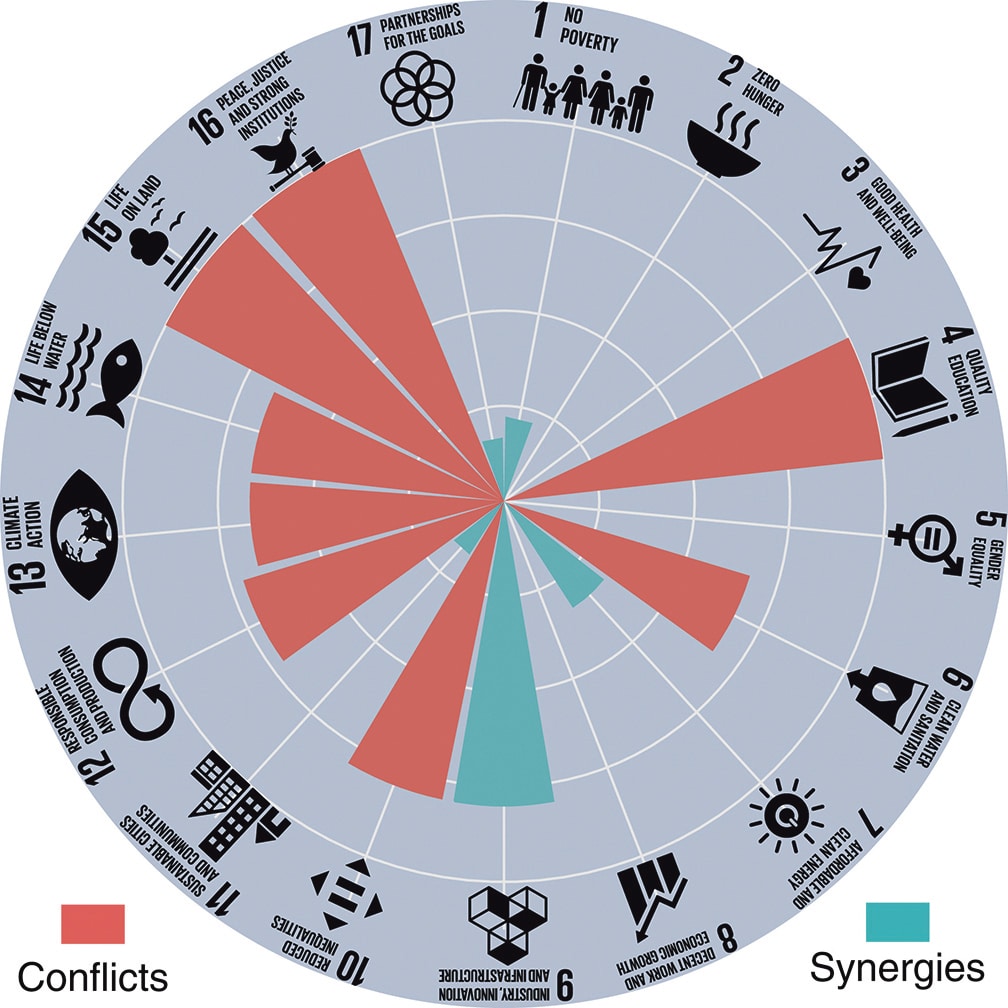Travel downstream along the Bandon River and a few kilometres east of Enniskeane you will pass under a beautiful freestanding six-arch rubble stone road bridge, built c.1740. It is listed by the ‘National Inventory of Architectural Heritage’ as “An expertly built bridge elegantly spanning the Bandon River. Despite its frequent use, carrying far heavier traffic than its designers could have imagined, it remains in excellent condition, and is a testament to the skilled craftsmanship involved in its construction.” It is well known to the people of the village of Murragh as it carries the L2015 between Murragh and the N71. Exactly where it spans the river you will find the south-eastern border of land interest for a planning application for an 80-acre sand and gravel quarry.
Follow the border of this land interest west and you will travel upstream along the Bandon River until you reach the Bengour stream entering the river at its northern bank. This significant stream forms the western border of the proposed quarry, which as well as covering an area into which one could fit 26 Croke Park pitches, will also be extending deeper than the level of the water table in a site which is a significant aquifer for the area.
The planning application for this extremely large quarry states that heavy goods vehicle traffic from the proposed development will only use the L2015 road that leads over the beautiful old heritage bridge, for local deliveries and staff journeys. What does this mean though asks Fiona Hayes?

Local deliveries could easily mean any delivery to or from the proposed site and as there are no details of haulage routes to and from the site in the application, how then will the applicant ensure that a significant number of HGVs do not haul sand and grit across this beautiful old bridge, creating significant risk of damage to it.
Indeed, the applicant is expecting to add 92 extra HGV trips per day to the locality, adding around one new HGV trip every five minutes of the working day, enough to seriously intrude into the residential amenities of the area and greatly increasing noise, dust and traffic volumes.
The Bandon River, which is a is a ‘Drinking Water Protected Area’, ‘Nutrient Sensitive Area’ and ‘Designated Freshwater Pearl Mussel Area’ is currently of ‘moderate’ river quality status, as monitored by the Southwestern River Basin District (SWRBD) plan. The concerns of the local community extend also to three Natura 2000 sites each within 12 kilometres of the proposed mega-quarry; and to the many species protected by the Habitats Directive 92/43/EEC, which states that a plan or project can only be approved where it can be demonstrated beyond reasonable scientific doubt, that it will not negatively affect the integrity of a Natura 2000 site. Despite this, the applicant claims no ‘Appropriate Assessment’ is necessary.
Protected species found along the Bandon River include Kingfisher, Whooper Swans, Otters, Brook Lamprey and Freshwater Pearl Mussel.
Freshwater Pearl Mussel is particularly sensitive to fine organic and inorganic particle matter. Fine sediment already contributes to the unfavourable status of freshwater pearl mussel in the Bandon system. Further deterioration of the water can only damage the conservation objectives stated under the Habitats Directive for this species, which include for the species to become sufficiently widespread to maintain itself on a long-term basis as a viable component of the Bandon system.
Figure 1. shows conflicts and synergies between quarried aggregate for usage in construction and the UN Sustainable Development Goals.
Red colour indicates conflicts between aggregates and a given goal, whereas turquoise depicts synergistic effects. The size of the bar represents the average effect size of the SDG targets with known links to aggregates and aggregate mining. The resulting scores show a substantial number of inevitable conflicts existing between eight of the UN sustainable development goals and quarrying for aggregates.
No doubt with this in mind The Cork County Development Plan, regarding Mineral Extraction states that “Quarrying operations can give rise to land use and environmental issues which require mitigation and control. It is necessary to ensure that minerals can be sourced without significantly damaging the landscape, environment, groundwater and aquifer sources, road network, heritage and / or residential amenities of the area. (Section 6.12.7) Applications for new quarries and extensions to existing developments will be rigorously assessed to establish and minimise any potential negative impacts.” (Section 6.12.8)
Ireland’s Sustainable Development Goals National Implementation Plan provides a whole-of-government approach to implement the 17 Sustainable Development Goals (SDGs), committing Ireland to fully achieving all 17 of the Goals by 2030. The Department of Communication, Climate Action and Environment has responsibility for officially reporting progress toward the SDG targets.
The aggregate taken from this potential site at Murragh would be used to make cement. The cement industry is responsible for about eight per cent of planet-warming carbon dioxide emissions — far more than global carbon emissions from aviation.
The adoption of modern methods of construction however, has the potential to dramatically reduce construction sector carbon dioxide emissions whilst improving productivity, innovation, speed of delivery, sustainability and ultimately, costs.
Products such as cross-laminated timber and timber frame, can replace concrete and steel in many applications such as floors, roofs, walls and stairs due to its strength and versatility. Timber framed buildings are increasingly common in Ireland making up approximately 25 per cent of the Irish market. Support is required to further increase the market share for timber construction and to displace the demand for cement in the construction sector.
If we are to seriously embody a whole government approach to the government’s Climate Action Plan, Biodiversity Action Plan and Sustainable Development Goals Action Plan, that must include enabling and encouraging our planning departments to change direction, in a way that does not simply require mitigation to slightly reduce the threat from aggregate quarries such as this, but rather pushes developers to innovate and apply construction methods that are far more sustainable negating the need for massive aggregate quarries.
If you want to help push Ireland towards its sustainable development goals consider joining a growing community supporting the Save Murragh Campaign. You will find them on Twitter, Facebook and Change.org. @SaveMurragh







